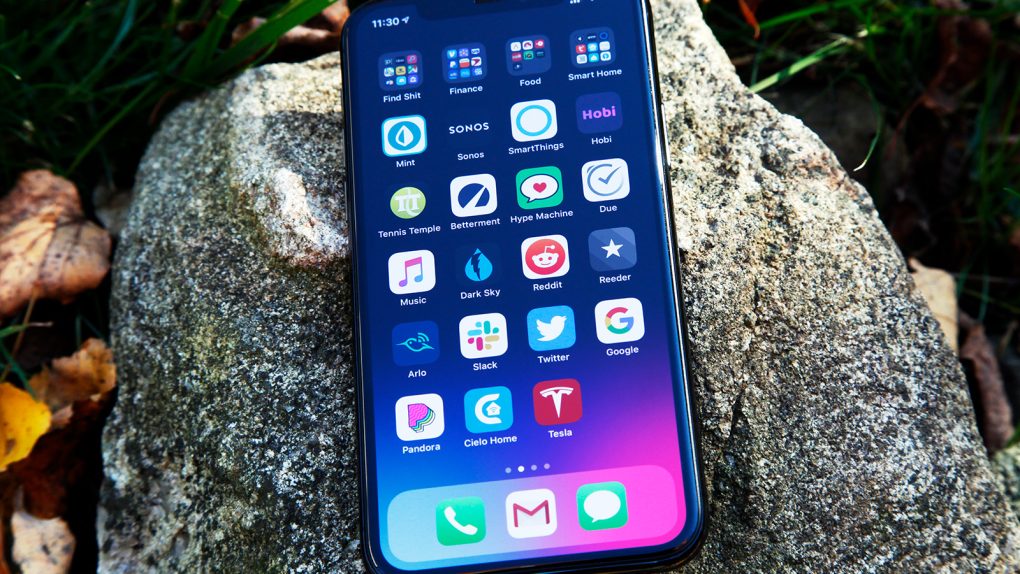- The iPhone 13 is rumored to offer a feature that’s only available on iPad Pro and various Android flagships, a 120Hz refresh rate display.
- A new patent indicates that Apple is studying technology to allow a display with a 60Hz default refresh rate to operate at up to 240Hz.
- The technology suggests Apple may be working on devices that could support adaptive refresh rate screens, similar to Android phones like the Galaxy S21 Ultra.
A year ago, Rumors said that the iPhone 12 would feature the same display technology that Samsung launched with the Galaxy S20, high refresh rate support. That made plenty of sense, considering that Apple had introduced 120Hz screens on the iPad years ago. But that ProMotion feature took its time to make the jump to the iPhone. Reports that followed said that Apple wasn’t happy with the 120Hz tech for the iPhone 12, as the higher refresh rate impacted battery life. The first Galaxy S20 reviews showed last year that the higher refresh rate would consume more energy. Ultimately, the iPhone 12 launched with a regular 60Hz display, and some people were not happy about it. Then again, it’s Android that can benefit the most from higher-refresh rates.
iPhone 13 rumors have resurfaced the 120Hz display rumor, claiming that ProMotion is in the cards for the next-gen iPhone. This time around, rumors also say that Apple might be using a different screen technology to make it happen. Apple doesn’t comment on leaks and speculations, but there’s one type of development it can’t hide. We now know that Apple isn’t working on adding just 120Hz refresh rates to its devices. But the company might be developing a mechanism that intelligently scales up the refresh rate up to 240Hz.
First found by Patently Apple, USPTO patent number 10,923,012 was just awarded to Apple. The patent is titled Displays with multiple refresh rate modes and describes technology that would allow Apple to scale the refresh rate of a screen up to 240Hz, or twice the refresh rate available on other flagship devices. The patent also notes that the device’s resolution might have to suffer as the refresh rate increases.
This is by no means definitive proof that iPhone 13 versions will get ProMotion support. But the patent was filed on March 10th, 2020, which indicates Apple has been working on high refresh rate tech recently.
Aside from impacting battery life, the Galaxy S20’s 120Hz display had another quirk that users did not appreciate. You’d have to choose between full resolution or 120Hz refresh rate. The phone would revert to Full HD resolution when in 120Hz mode. Samsung fixed the problem, starting with the Note 20 Ultra and continuing with the Galaxy S21 Ultra.
The S21 Ultra features a variable refresh rate technology, which automatically adjusts the refresh rate based on the content that’s showing on the screen. This variable refresh rate feature would help conserve battery life. The S21 Ultra also features a new backplane technology that puts it on par with LTPO tech, AnandTech explains. This screen tech allows the fast switching between refresh modes.
Recent iPhone 13 rumors said that Apple would address power consumption coming from high refresh rate modes with new display hardware. That’s LTPO displays that are more energy-efficient. The tech described in the newly discovered patent indicates that the iPhone 13 could also support some sort of adaptive refresh rate mode. The device could intelligently determine what content is playing on the screen and whether a higher refresh rate mode could improve the experience. Games could benefit from higher refresh rates, while more mundane smartphone activities could work just as well at 60Hz.
Apple has already introduced devices with LTPO screens and adaptive refresh rates; only you might have missed these particular characteristics. The Apple Watch Series 5 was the first to ship with an LTPO display that supports adaptive refresh rates that can go as low as 1Hz. This helps with battery life, especially on a device that features an always-on display whose content is refreshed about once per minute.
The iPhone 13 is also rumored to feature an always-on display, a first for the iPhone.
As with other technology that Apple protects with patents, there’s no guarantee that we’ll see iPhones or iPads with 240Hz displays anytime soon. But Apple is researching the technology, and we should at least expect Apple products of the future to feature adaptive refresh rates.








